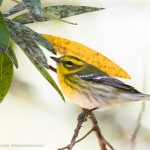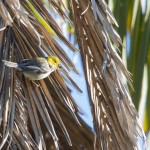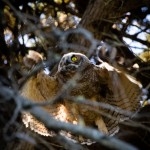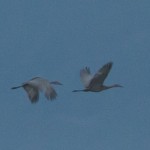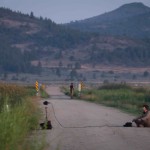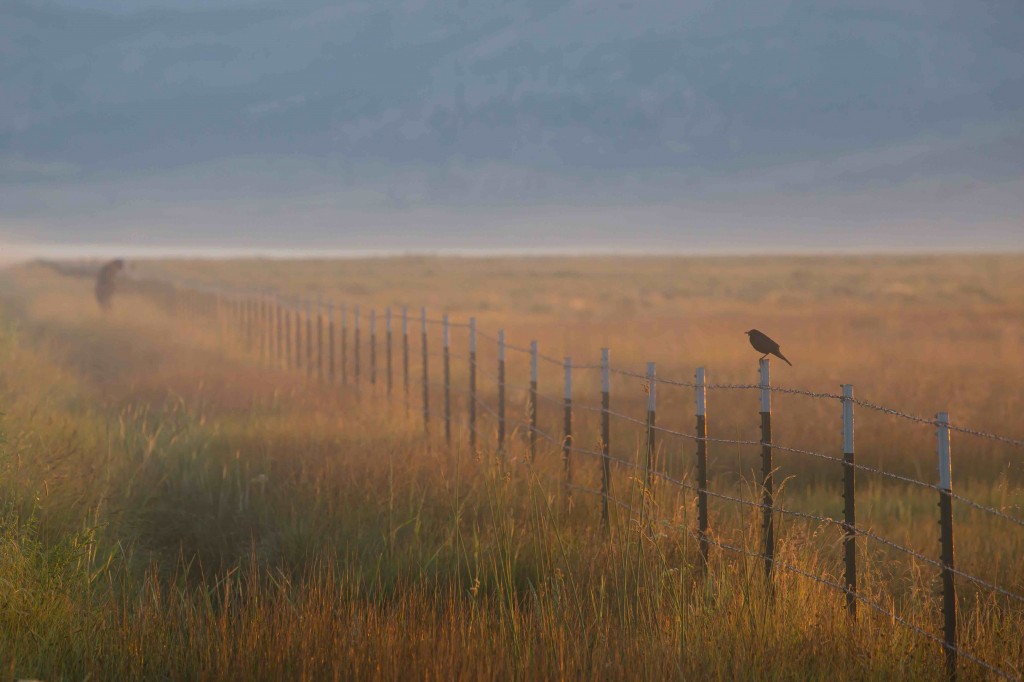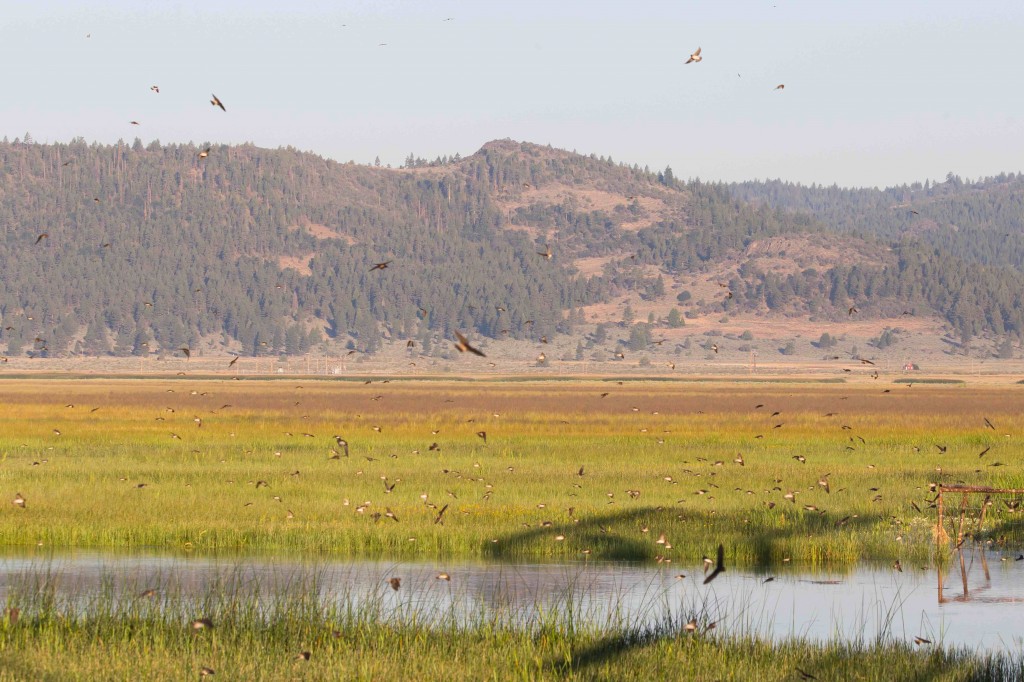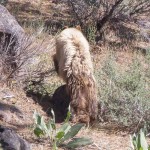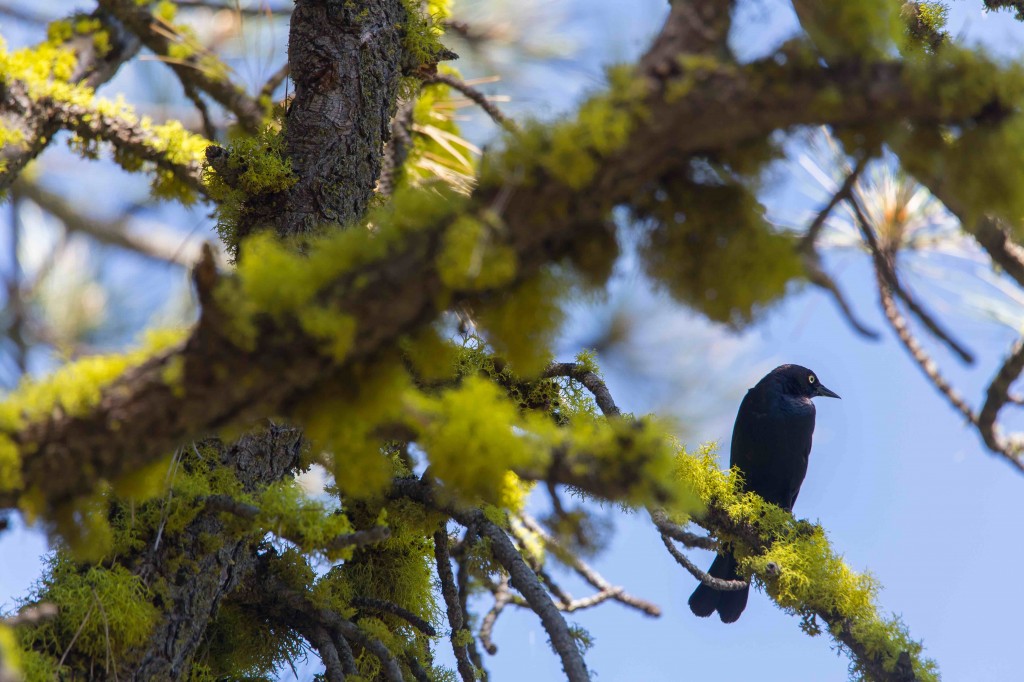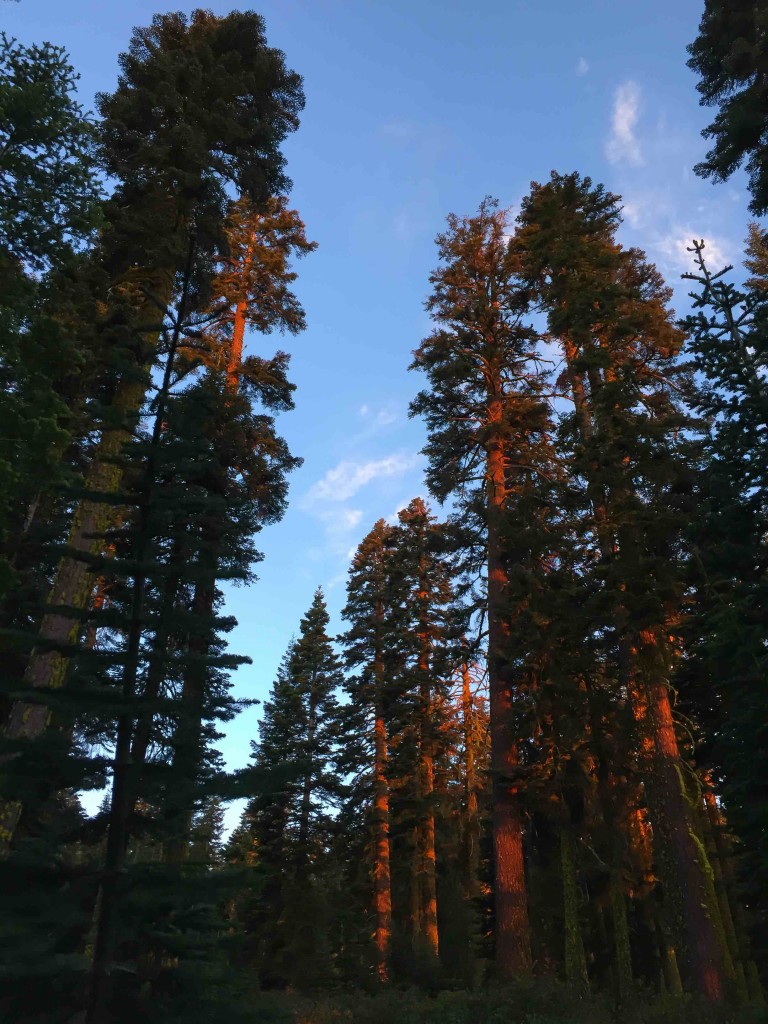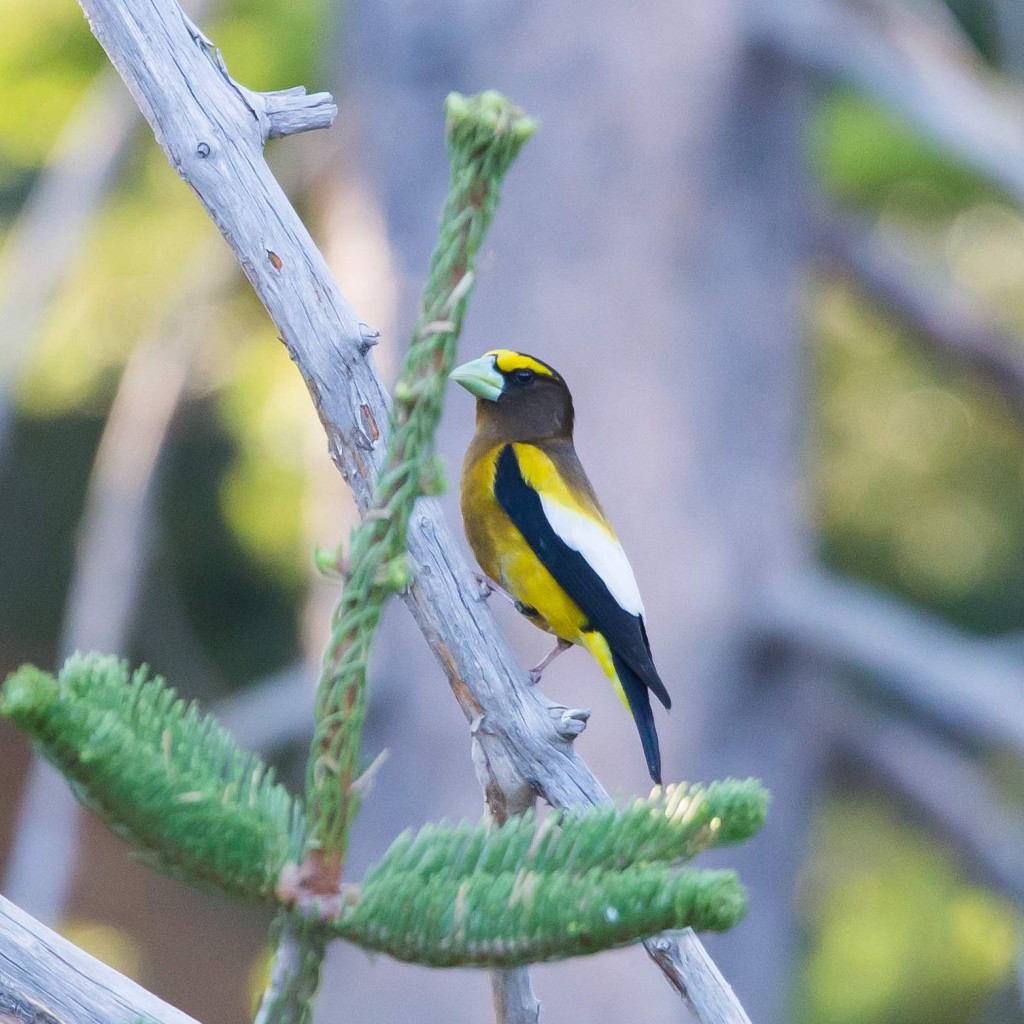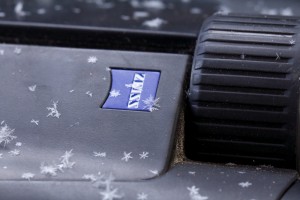This is the second essay I wrote on birding in my local open space. Originally posted on Next-door as a way to reach out to neighbors and get them excited about enjoying the biodiversity in our local park.
—-
Birds in Wildcat Canyon: Late Summer Edition. After more than a week of extreme heat, smoke, and park closure, my binoculars and I finally made it out to Wildcat Canyon yesterday. It was pretty quiet, but I ended up with around 37 species including several fall migrants. I heard a Western Tanager, so they are still coming through. I also had four species of warblers, a sure sign that fall is approaching! Wilson’s Warblers breed in the park so the one I saw may have been a local bird from this summer, but Yellow Warbler, Townsend’s Warbler, and Black-throated Gray Warblers are all newly arrived from their breeding grounds. [photo is a Townsend's Warbler, probably a young female]
FALL WARBLERS: Up for a challenge? Fall warblers can be tricky to find and to identify. In the spring, male warblers are considerate enough to SING LOUDLY AND DISTINCTLY, OVER AND OVER AGAIN. We’re not so lucky in the fall, and today I was straining my ears to pick out quick, infrequent call notes. Also, the adult birds will now be mixed with the young of the year, so be prepared for some drabber plumages along with the more vibrant yellows that the spring males of some species show off. Sometimes warblers will join our noisier resident birds in foraging flock, so if you come across some chickadees or bushtits, take a moment to pick out bird movement in the trees and maybe you’ll spot some other species too. The warblers and other migrants can show up anywhere, and different species may prefer different vegetation, but in general good places start your search include patches of willows in Wildcat Canyon and the mixed woodland along Wildcat Creek in Alvarado Park.
ACORN TIME: Fall in our oak woodlands means the start of a food bounty for some of our local wildlife. Watch for Western Scrub-jays flying around with their mouth full. Like many corvids (crow relatives), these jays will obsessively collect food then stash it around the landscape. And of course there are the aptly-named Acorn Woodpeckers. Family groups of these noisy hoarders can include multiple breeding males, multiple breeding females, and stay-at-home kids from previous years! The whole family works together to stash large numbers of acorns in tree sections called granaries. Other wildlife that incorporate acorns in their fall diet includes Wild Turkeys, California Quail, Band-tailed Pigeons (our fantastic large native pigeon), Woodrats, and Fox Squirrels. The Huchiun Ohlone people who lived in what is now Wildcat Canyon also relied on acorns as part of their diet.
LEAVING SOON: if not already gone, many of our breeding birds that head further south for the winter. These include the Wilson’s Warblers and Orange-crowned Warblers, along with Black-headed Grosbeaks.
OUTSIDE THE PARK: Looking for other places to see migrating songbirds? Wildcat Canyon is pretty dry, and in our parched summer landscape birds may be a little easier to find around water. Keep your bird bath filled, you could get surprise visitors to your backyard! One spot I’ve visited in late summer (although not yet this year) is Creekside Park on the Albany/El Cerrito border, on the north side of Albany Hill. The solitary wooded hill rising out of the urban landscape may be an attractor for birds coming through. Once they’re drawn in, they pause and forage in the trees along the creek. I’ve never had a sketchy experience there but as always be aware of your surroundings.
One of the most exciting bird migrations we get in the Bay Area is the fall migration of raptors. Not all raptors migrate, but some species and populations do, and they often take routes with advantageous topography and thermals to make their way south. The best place in the Bay Area is probably Hawk Hill in the Marin Headlands just north of the Golden Gate Bridge. Prime days will see dozens or hundreds of hawks of several species zoom past, some practically at eye level. Osprey, Sharp-shinned and Cooper’s Hawks should start increasing soon, and the overall peak is usually late September. Go on a sunny day for your best chance. Visit https://www.parksconservancy.org/programs/golden-gate-raptor-observatory for more details.
I’ve always thought we should get more migratory raptors along San Pablo Ridge than we do. Could be I’ve just not caught the right day yet!

